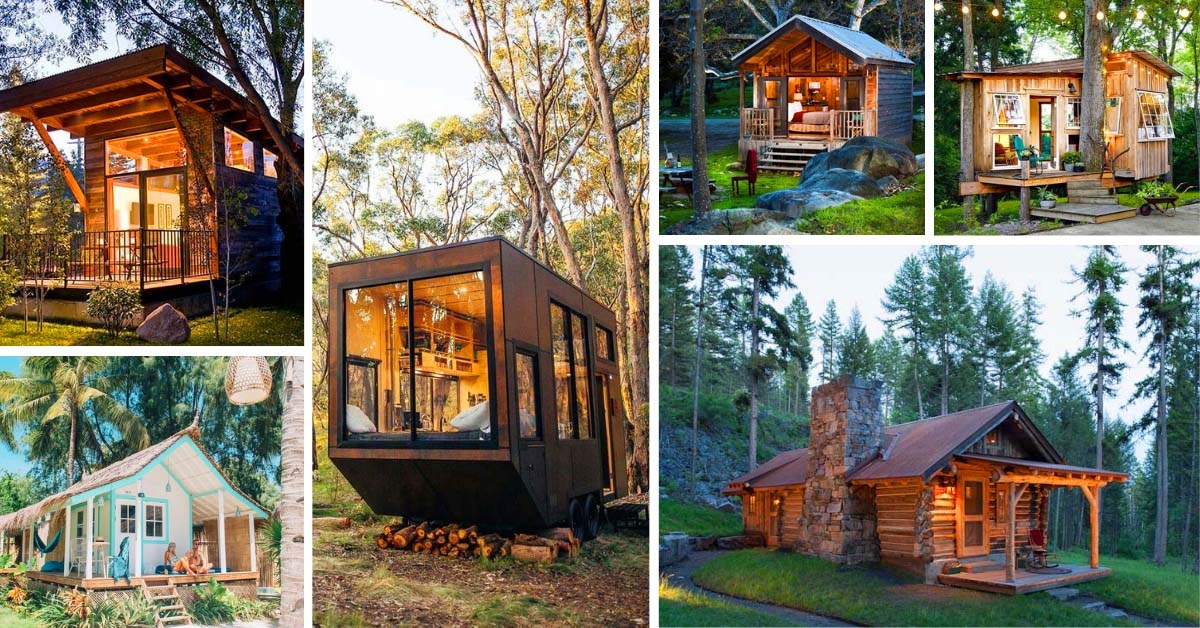There have been so many trends in architecture recently, and it can be quite tricky to keep up with them all, especially should you be unaware of how the structures all work, how they are made, what they are made of and what they do respectively.

Of course, it would be so nice to know which part of the roof of your home actually needs repair and maintenance when the grueling time hits! You would know exactly what you should be talking to your contractor about, and what parts need maintenance when things go wrong.
Aside from this, it can always come in handy for future improvements to your home to know exactly what your roof is composed of, and what is subject to what damage, maintenance costs and so on. This is why we will discuss the parts of your roof today and what you need to know about them!
Roof Parts & What They Do
We are sure you will know a thing or two about aspects of your home such as the guttering, beams, rafters, chimney and vent pipes. However, aside from this, it is unlikely that most of us will know much more.
This is typically why we look at roofs as one of the last pieces of home construction, completely unaware that there are a plethora of equally important, small things inside that are vital for its functioning and stability. So, we will talk through each and every part of a roof now, so that you are better aware of what your roof is made up of!
Shingles

Most of us know about shingles, these are the roof cover pieces which can come in rectangular and flat shapes. They will be installed at the eaves once the decking of the roof is laid.
Of course, depending on the design of your home, and its location, there will be different options for what material your shingles will be made of. They could be flagstone, plastic, metal, slate, wood and so on.
Solar shingles are also a trend now, which is a good idea for saving costs on power in the long term. However, to make your roof waterproof, having an underlayment for shingles is important, and it should be applied after to ensure no leaks.
Valley

The valley connected 2 sloped or pitched roofs, thus creating a 90-degree angle. This supported the valley rafter, which also supports an internal roof gutter, where all the small debris and water trickles down and falls down into the external guttering.
The roof valley is the space that collects rainwater, so it falls off the roof. This is one of the most critical steps in roofing, and a good reason why choosing the right type of installation for the valley is a critical step in roofing otherwise you would be likely to suffer some severe leaks.
Eave

Eaves can be considered as being the lowest point in gabled, pitched or mansard roofs. They are otherwise known as roof edges which overhang from the face of the wall, projecting out from the side of the house. It is one of the important parts of the roof that connects the roof and gutters.
However, if you want to be technical, its true function is to keep the wall clear from watermarks trickling down the surface of the house. Therefore, if you were to see a house with a lot of watermarks, you would know that the eaves need maintenance!
Ridge

This is technically known as ridge board, horizontal wood or a resting metal across the peak of the roof creating its triangle shape. Technically, it is the tallest peak on the roof, but when we are considering its function it is connected with the trusses and rafter to make the frame of the roof.
It can also be used in reference to the beam used in being the roof ridge or the roof board.
Rakes

Although the rake is technically considered as being one of many sections of roof, it is not actually found in the roof, per se. It is actually the word used to describe sloped sides at the ends of gabled roofing. It could be flat, or it could have overhangs.
If the rake has overhangings, it could be left open, or closed with a soffit or fascia. It is also a space which is customizable for aesthetic purposes.
Soffit

Soffit are fixtures that are both functional and aesthetic. This is the structure of the roof that you see when you straighten the roof up. Soffits are found between the eaves of the roof and the wall.
This is there to conceal the rafter and ceiling joists, and it functions as a form of protection from the elements, preventing moisture and mold from creeping into your home. This can also help to provide longevity to the materials of the roof.
Sidewall

Sidewall is one of the types of walls often used in roof flashing, which is the material used for waterproofing to prevent any water from getting in, especially at the base and flashing steps.
Sidewalls are much like their front wall counterparts, as they are vertical walls that join to the roofing of the deck surface, connecting the edges of sloping roof decking.
Flashing

Flashing can be made with a variety of different materials, it could be plastic, aluminum, or galvanized steel. The primary function of flashing is to keep water from getting through openings in the roof and other areas wherein rain water could potentially start to pool.
Therefore, you will often find this in vents, roof valleys, skylights, and chimneys too! Through many types of roof flashing, ponding water is often redirected in many parts of a roof. Take a look at this roof part specific flashing:
- Dormer flashing – This is used to provide extra protection to roofs against potential water damage. This will be installed under the sides and on the top of roof steel, or at the end wall or dormers base.
- Chimney flashing – This is installed here as another material for waterproofing installed in the intersection that connects the roof and the chimney together, typically it is used to prevent moisture from penetrating the house via the roof.
- Skylight – Skylight flashing is applied between the frame and the glass. It will be applied on the top as well to contain any moisture that hits the surface of the glass.
- Valley – Install on the valley line of the roof, it will also function as a material for waterproofing on the roof as well.
- Vent Pipe – This is installed externally on the roof and is used as a sealant for the vent pipe to stop water from getting through any surrounding spaces that water could enter through.
Flat Roofs

Flat roofs are considered to be somewhat archaic now. They provide usable space, making it nicknamed as being the ‘living roof’ often used in locations that have an arid climate or commercial building.
However, they are also often used where money is sparse as they are easy to install, cheap, and are not prone to damages easily, so there is less repair costs associated with these.
Hip
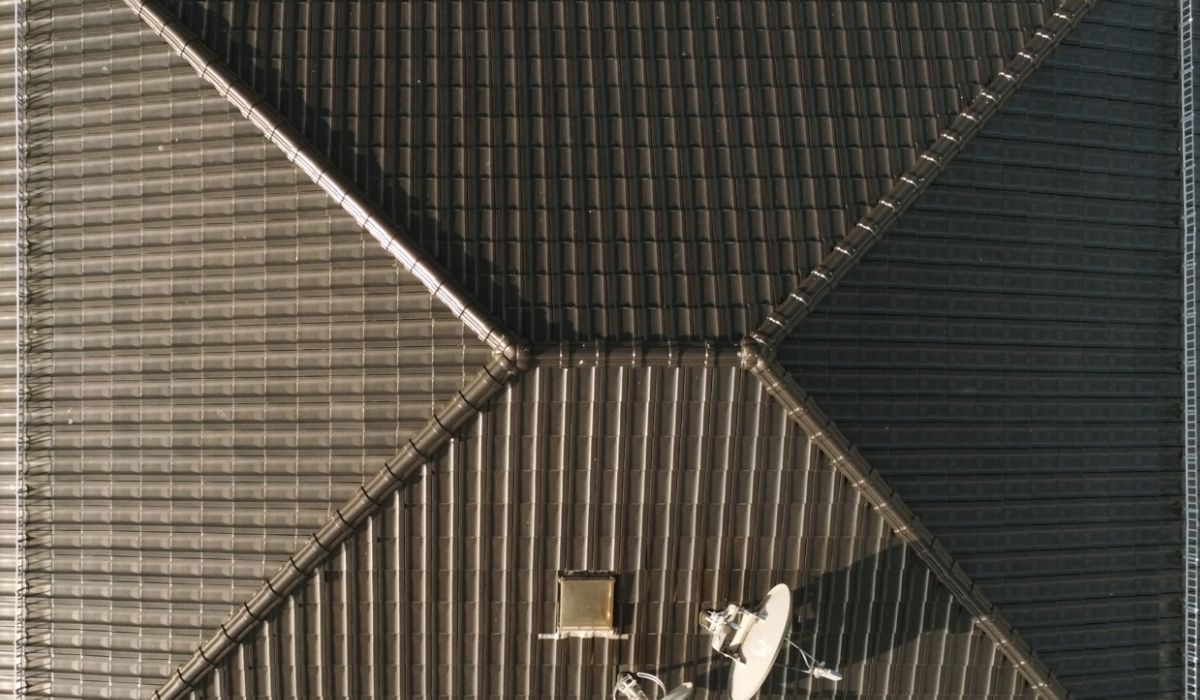
Hips are the external angle that functions as a type of intersection where there are sloping sides that are adjacent where a roof might meet. Associated terms include the hip end referring to the triangular sloping surface that typically forms thanks to the hips on the eaves of the roof or its edge.
It is often associated with a hipped roof, which is a roof design well known for slants and inward sloping on all sides of the roof. Hipped roofs are often used in areas which are windy or snowy as ice and slide off the slants easily.
Dormer

Dormers or dormer windows are spaces where skylights are housed, they project from the surface of the roof, or from the plane of a pitched roof. They function to increase the usable space inside a compact loft or room.
So, if you wanted to convert attic space into an additional bedroom, dormers are a good way to bring in some extra ventilation and natural light.
Low Pitch Areas

Low pitch, low spots, or low slope areas. These are common in flat roofs, they are basically just there to lower slopes in the whole roof. That being said, it is in these areas that you usually find that pooling happens. If you do not have a high quality putty, this can then lead to roof damage in the shafts and rafters as time goes on.
Abutments

Abutments are specifically used in bridge construction or roof construction. When building a roof, this is a reference to the spaces in a roof where the slope will intersect with a vertical space such as a wall or a chimney. They are found on the top, sides, and around the vertical areas as a connection to them.
Drip Edge

This is a metal flashing type which is in place to protect roof fixtures that are underlying. It is found along the roof eaves to re-route any water flow away from the roof fascia. In terms of structure, it will hang from the sides of the roof, and has a small sized metal flange that bends away from the fascia.
Some might say that this is a feature which is not essential anymore since gutters work to do the same job. This is a good point, however, it is still functional, and it can be a good way to have extra protection.
Downspouts

This is the pipe which is vertically installed from the roof to the ground. It connects to the gutter and to channels that expel water from the roof down to a specific point. They are typically made from PVC, but they can often also be made from other plastic based materials or even more galvanized steel!
Fascia

These are also known as rooflines, they are the boards which run along the space where the outside walls of the home meet the roof. It will be nailed onto the rafters and works as a support for gutters, or main board where you attach the gutters.
It is also in place to improve the aesthetics of the roof, which is especially important if you have a flat roof or hipped roof, which are not the most attractive designs.
Rafters

Rafters are basically just the wood or metal framing that works together to complete the skeleton of the roof, therefore it is one of the most important parts of it, as without it, there is no roof! It is often a diagonally shaped skeleton, and is a part of the truss.
Meeting at the apex, it’s primarily there to support the deck of the roof from heavy loading. It is where every other part of the roof is attached, therefore it also needs extra bracing for it to be adequately stable.
Gutters
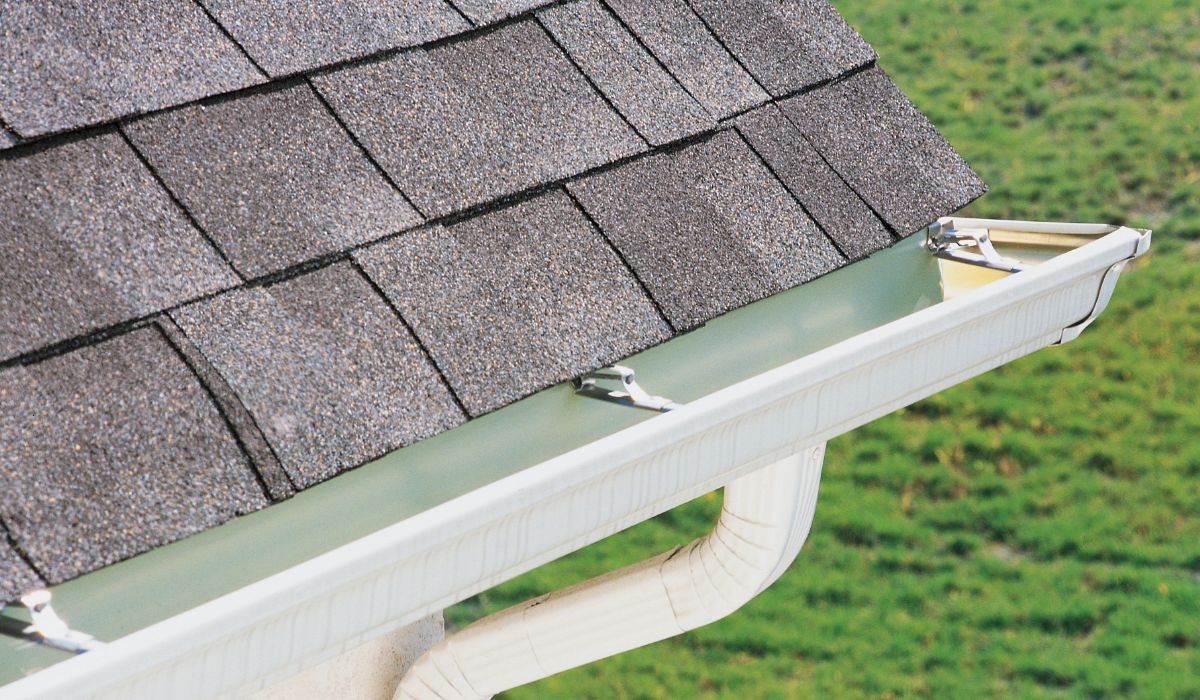
Gutters are important external roof fixtures, they are dusts that function as a system for discharging water. In order for the gutter to function as it should it needs to be installed correctly, at an angle where the water that is removed from the fall would not fall onto the grounds of the house.
Water that falls too close to the foundation of the house could easily weaken it and can damage the basement as well if there is one in the house.
Collar Beams

This is used in domestic roofing and is horizontal and will connect 2 rafters intersecting at the ridge to allow for extra stability to the roofing structure. It is used to frame the structure of the ceiling.
Chimneys

We all know about chimneys, but most of us are unaware that it is a part of roofing systems. It is a vertical structure that is connected via the roof, it is used for ventilation by exhausting combustion gasses that come from the stove, fireplace, or boiler.
Underlayment

Underlayment, or underlayment membranes as a blanket/ cushioning that is laid over the entire decking of the roof to protect it from excess moisture. These are often made from rubber and felt strips, however, more recently it has been made from synthetic materials, or reinforced fiberglass.
They are basically just waterproof materials which work in tandem as a barrier for moisture and water. It is installed onto the deck of the roof, and comes in types that vary and are placed in different specific areas of the roof where water may pool. It is laid in different places, here are some examples:
- Rafters: Here it is meant to provide extra protection as it adds a layer that is water-resistant and prevents moisture from passing.
- Felt: This is a traditional underlayment that is made from felt paper. It waterproofs the roof and is stacked above the decking board and covered with shingles.
- Valley: Roof valleys will channel a lot of water, and this is a reason for extra underlayment, this waterproofs and protects the valleys of the roof and prevents it from leaking!
- Synthetics: As this states, this is an underlayment made from synthetic materials. It is not as high tech as a protective layer, however, it is usually only applied to roof areas which are not coated by ice and water shields.
- Vent pipe: This is also known as plumbing vents and often extend from the waste pipelines of the building. It is installed via the roof. Through these sewer gasses are released outside of the house instead of being trapped within. They also allow for more oxygen flow in the building.
Skylights

Should this be an original part of the roof layout it is considered a part of the ‘common’ roof area. This needs to be clear, and it is not always seen as being part of the roof. It is a functional and aesthetic fitting allowing for ventilation, and egress in emergencies.
Ice & Water Protectors
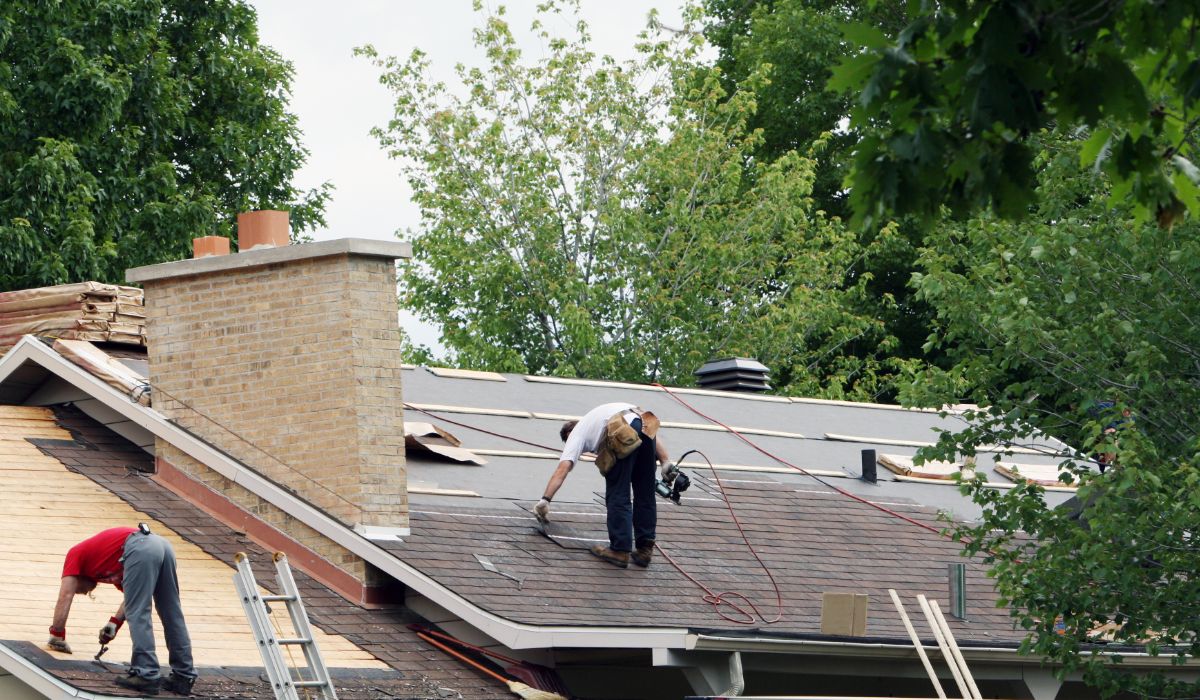
Ice and water protectors, or ice and water shields, these are not always necessary, however some states do need them in their codes for buildings. They are types of underlayment which are used to prevent heavy, wind driven rains, and ice dams. They are place onto 3 specific areas of a roof, these include:
- Eaves and rakes to protect the interior from frost.
- Valleys where water could pond.
- Flashings and chimneys to allow rains to flow back upwards.
Lookouts
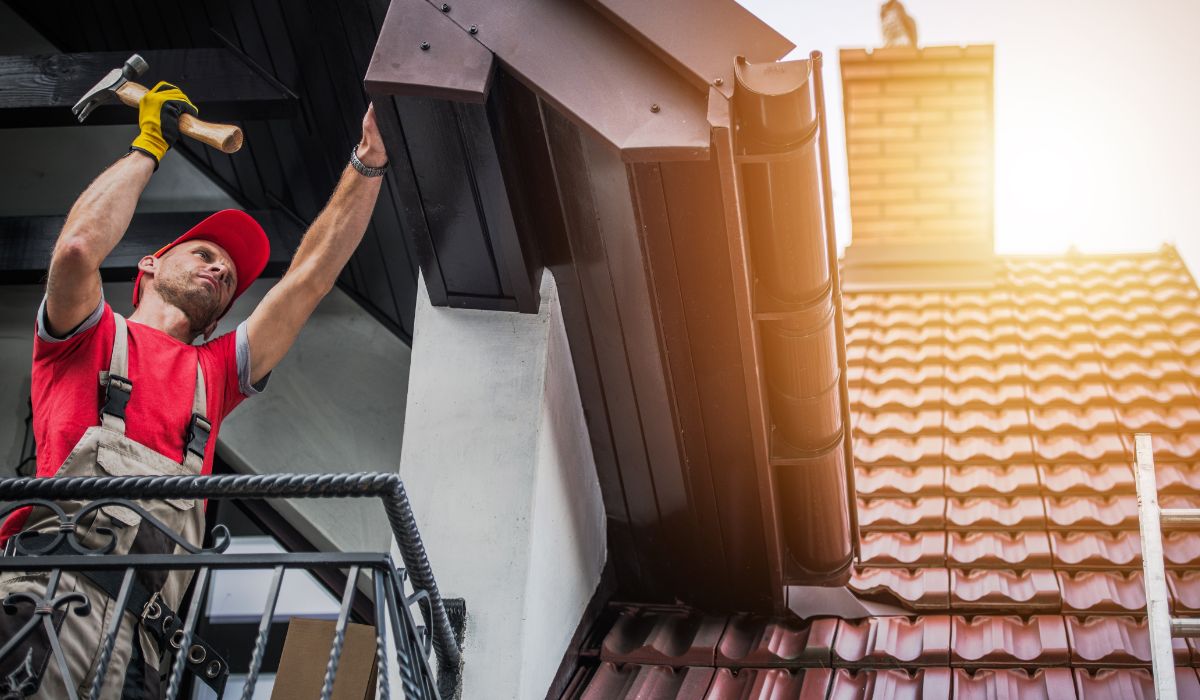
Out-looker or lookout rafters, these are wooden joists from the wall plate to the cantilever. It allows a surface for fascia boards to be placed, and to support the structure of the sheathing for the roof. It can also act as a joist for finished eaves to be fastened.
Solid Decking

Solid decking or roof decking is a composite decking made from solid materials. It is much like wood but is made with stronger materials, so it can carry a heavy roof load.
It will add on some additional protection between the house on the roof. It also can add another surface for underlayment placing, and allows for extra shingles for more waterproofing.
Overall
Most of us just have no need to know about how our roofs are made and all the parts that go into it. However, it can be worthwhile knowing all of these major parts of a roof as it can help to ensure that you know exactly what needs maintenance when something goes wrong… Which can save you money. It doesn’t hurt to have this knowledge!


